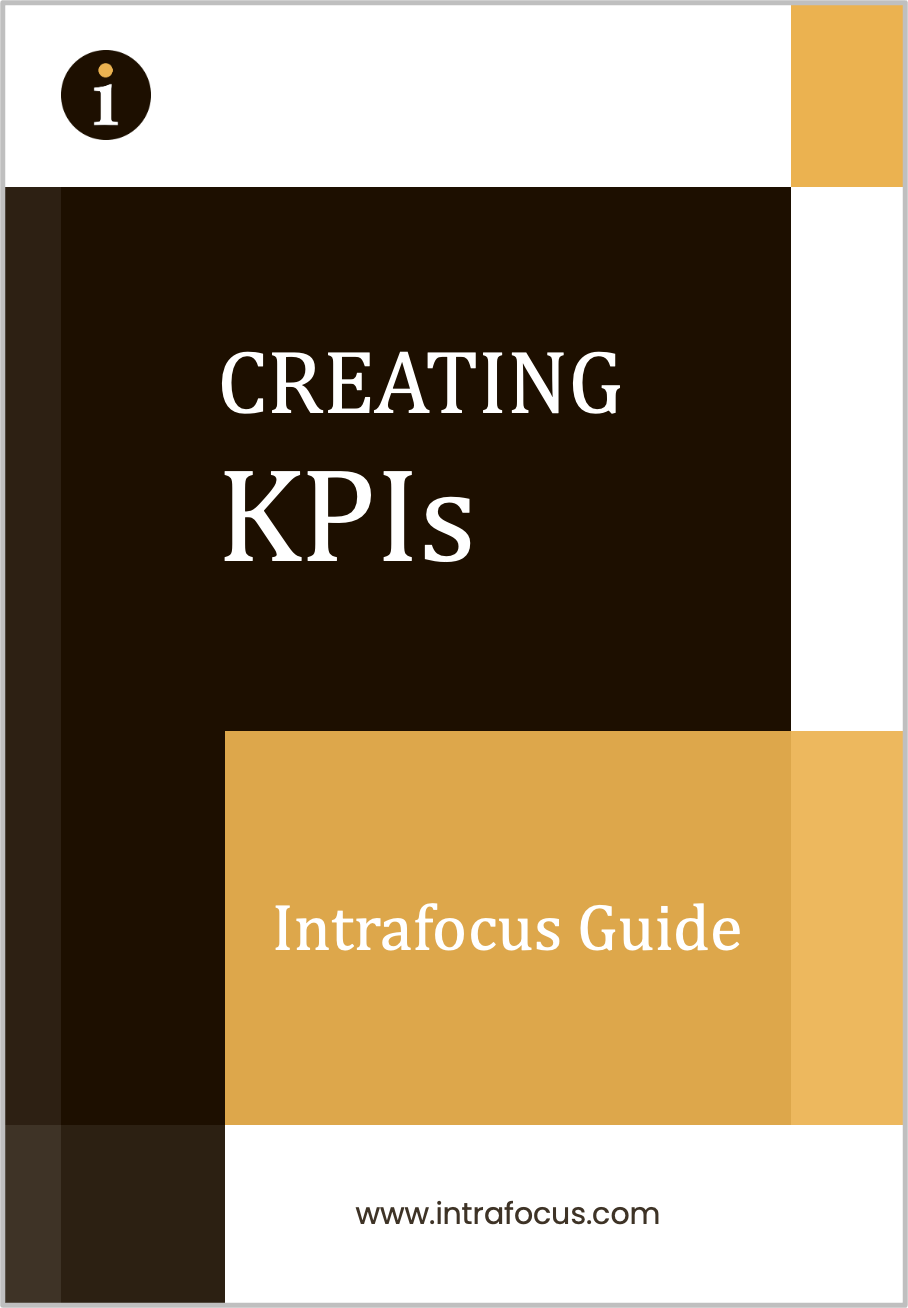At the start of a strategic planning project staff need to be motivated. They need to see the project as worthwhile and not just another initiative. They need to be excited and they need to feel ownership. One of the tools in the kit bag to enable this is to ‘Send a postcard from the future’. There is nothing like an exciting vision of a future state to motivate people. The key here is to place yourself in the future, looking back, not in the present looking forward.
This exercise should not be carried out in isolation. To be most effective, your team should have already completed an assessment of the current internal situation and how the future market might change. They should be armed with information that will enable them to think about a changed situation. The intent is to force the participants to think about and discuss what they have left behind and what they have personally achieved to produce a better state.
The leader of the exercise should start with a statement like “Place yourself five years into the future and imagine that the business has been tremendously successful. What did you do to get here and how do you feel about yourself?” The focus is to look at the past not the future. Looking at an imagined past has many advantages. Firstly, is the benefit of hindsight. We can plan a route to success that will succeed. Second the exercise is broad and open-ended, it often throws up unexpected ideas. If the participants are given free reign it provides and insight into what they really want. Thirdly, the act of placing oneself in the future can help to “ward off the delinquent in all of us” as described in the Gelder, Ersner-Hershfield and Nordgren study Long-Range Thinking, Imagine the Future Self¹. The participants are more likely to think of things that will benefit the company and others and to be seen as a major contributor.
In a medium sized company this exercise should be given to a management team of between 12 and 16 people. They should be split into groups of 3 or 4 and given the instruction above. In typical brainstorming fashion, individuals will throw in ideas, nothing should be discarded in the early stages. After 20-30 minutes the ideas should be refined and the top 10 kept. Further discussion should take place to prioritise and refine the ideas down to 4. At this point, the four teams should come back together and present their top 4 ideas to the other groups. It is important that this presentation phase takes place, it gives individuals the chance to pitch their own ideas and it ensures that everyone is up to speed. There will be duplication, this is both inevitable and desirable. The duplicate ideas can be combined. At the end of the exercise there should be a top 10 set of ideas that can be used during the rest of the strategic planning process.
This whole exercise should take no longer than two hours. The major benefit, provided it is undertaken early in the process, is that it allows everyone involved to become part of strategic planning and for their ideas to be incorporated – the net buy-in to the whole process will be much higher.
¹ Gelder, Ersner-Hershfield and Nordgren ran an experiment to show that when confronted with your future self you would be much more likely to make better ethical and moral decisions, they said “Forcing a person to confront and interact with his distant-future self, the team thought, might in turn help him realize how his immediate actions could impact that future self.” Long-Range Thinking, Imagine the Future Self


